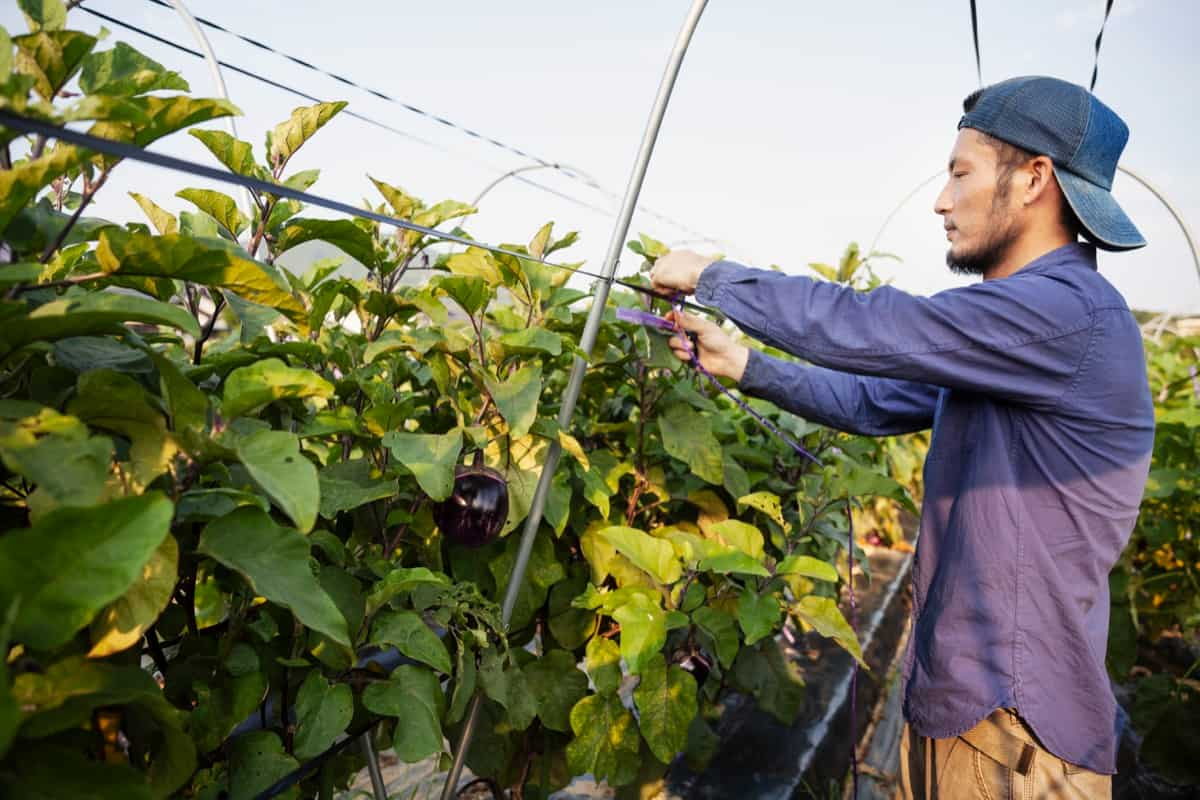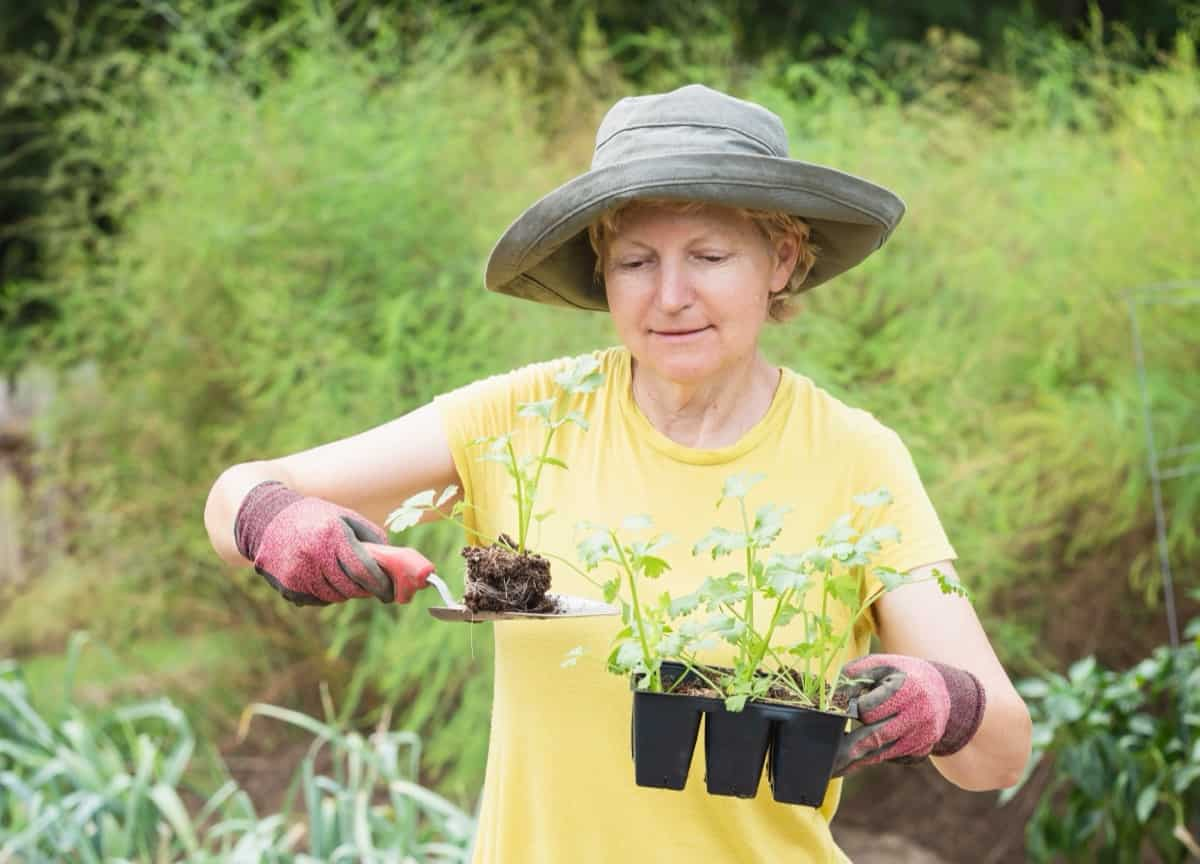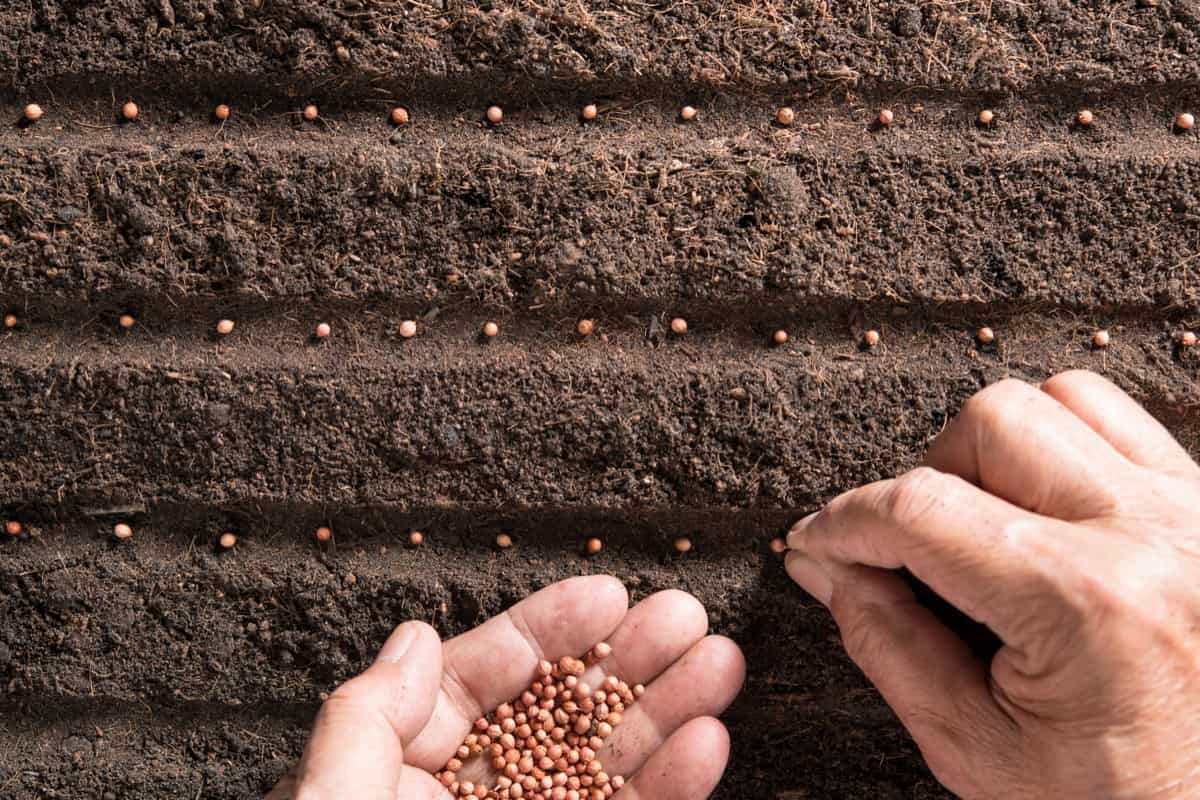Many gardeners frequently ask questions such as “When can you start planting vegetables in Wisconsin?” or “When should I plant my garden in northern Wisconsin?”. While gardening is fulfilling, it requires knowledge about the region’s climate to ensure a successful harvest. Wisconsin’s gardening calendar varies between its northern and southern regions. Some even wonder, “Can you grow vegetables in the winter in Wisconsin?” In this guide, we’ll look into when to plant beans, lettuce, and various other vegetables in Wisconsin to help you maximize your garden’s potential.

When to Plant Vegetables in Wisconsin
Understanding Wisconsin’s Climate Zones
Wisconsin is broadly divided into two main climatic zones – the colder northern region and the more temperate southern region. In the north, winters are longer, and growing seasons are shorter. In the south, winters are milder, and growing seasons are longer. Knowing this helps decide what veggies to plant and when.
Factors Affecting Vegetable Planting Dates in Wisconsin
Several factors influence the planting dates for vegetables in Wisconsin. Firstly, the last frost date varies between northern and southern regions and determines when you can safely plant frost-sensitive vegetables. Soil temperature is another essential factor; vegetables like beans require warm soil to germinate.
Additionally, the length of the growing season, which is relatively short in the northern part of the state, affects the types of vegetables that can be cultivated successfully. Additionally, things like rain, sunshine, and the specific local weather can also influence the ideal times for planting.
Planting Vegetables in Northern Wisconsin
Given the short growing season in northern Wisconsin, gardeners must start some vegetables indoors before transplanting them outside. Early spring is ideal for planting frost-hardy vegetables such as peas, radishes, and spinach in this region. However, for warmth-loving crops like tomatoes, peppers, and beans, waiting until late spring or early summer is advisable. Winter gardening is challenging in this region, but some cold-hardy crops, like mulches or cold frames, can be grown with proper protection.
In case you missed it: Best Container Plants for Wisconsin: For Vegetables, Flowers, Herbs in Winter, Shade, Full Sun

Optimal Vegetable Planting Times for Southern Wisconsin
The milder climate of southern Wisconsin offers a slightly extended growing season compared to the northern region. Early spring is perfect for planting cold-hardy vegetables like lettuce, Kale, and broccoli. As the soil warms up in late spring, it becomes ideal for beans, corn, and cucumbers. While winter gardening remains a challenge even in the south, gardeners can experiment with cold frames and greenhouse structures to extend the season for certain crops.
Vegetable Planting Schedule for Wisconsin
- Early Spring: Plant cold-hardy vegetables like spinach, peas, lettuce, and radishes.
- Late Spring: As the soil warms up, plant beans, tomatoes, cucumbers, and peppers.
- Early Summer is the time for heat-loving vegetables like okra, eggplants, and melons.
- Late Summer: Plant cool-season crops like turnips, beets, and carrots for a fall harvest.
Recommended Vegetables for Early Spring Planting in Wisconsin
Starting early in the spring gives gardeners an edge, especially in a state like Wisconsin with its limited growing season. Some of the best vegetables to plant during this time include lettuce, peas, radishes, Kale, and spinach. These vegetables can tolerate frost and thrive in the cool temperatures of early spring.
Late Spring and Early Summer Vegetable Planting Guide for Wisconsin
As the weather gets warmer and the chance of frost decreases, gardens in Wisconsin become vibrant with different types of vegetables. Late spring is when to plant beans in Wisconsin, along with other warmth-loving plants. You can also plant squash, zucchini, corn, and pumpkins besides beans. Early summer is ideal for watermelon, okra, and eggplants.
Fall Vegetable Planting Tips for Northern Wisconsin
The shorter growing season in Northern Wisconsin means that fall vegetable planting needs strategic planning. As temperatures begin to drop, focusing on cold-hardy vegetables is crucial. Plants such as Kale, Brussels sprouts, and collards can tolerate the cooler temperatures and even improve in flavor after a light frost.
For a successful fall garden in this region, prepare the soil early, preferably in late summer, and enrich it with compost and other organic matter. Ensure adequate mulching to protect the plants from sudden temperature drops and to retain soil moisture. Using row covers can also protect against frost, allowing vegetables to thrive even as the weather turns chilly.
Ideal Fall Planting Dates for Southern Wisconsin
Southern Wisconsin benefits from a slightly longer growing season, offering a broader window for fall vegetable planting. Mid to late August is the optimal time to start planting cool-season crops. Vegetables like beets, carrots, and spinach can be sown directly into the soil. Lettuce, another cool-weather crop, can be planted successively every two weeks for a continuous harvest.
In case you missed it: Easy and Best Vegetables to Grow in Wisconsin: Planting Guide for Summer, Winter, and Spring

Crops such as broccoli, cauliflower, and turnips can also be planted during this period. Monitoring the weather is essential, and having frost blankets or cold frames on hand can be beneficial to shield plants from early frosts.
When to Plant and What Vegetables to Grow in Wisconsin in Winter
Winter gardening in Wisconsin is challenging due to its cold temperatures, but it’s not impossible. To successfully grow vegetables during this season, consider starting in late fall, allowing crops to establish before the deep winter sets in. Cold-hardy vegetables such as Kale, Swiss chard, and some lettuce varieties can survive with the right protection.
Greenhouses, hoop houses, or cold frames can help plants grow for longer and shield them from winter weather. Moreover, root vegetables like carrots and parsnips can be left in the ground, mulched heavily, and harvested throughout the winter for a fresh supply.
Vegetable Planting Schedule/Calendar Table for Wisconsin
| Vegetable | Northern Wisconsin | Southern Wisconsin |
| Early Spring (March-April) | Lettuce, Spinach, Peas, Radishes | Lettuce, Spinach, Peas, Radishes, Kale |
| Late Spring (May-June) | Beans, Tomatoes, Cucumbers, Peppers | Beans, Tomatoes, Cucumbers, Peppers, Squash |
| Early Summer (June-July) | Squash, Zucchini, Pumpkins | Corn, Okra, Watermelon, Eggplants |
| Late Summer (August-September) | Beets, Turnips, Carrots | Beets, Turnips, Carrots, Lettuce |
| Fall (September-October) | Kale, Brussels sprouts, Collards | Beets, Carrots, Spinach, Lettuce |
| Winter (November-February) | Limited with protection (e.g., Kale) | Swiss chard, Lettuce (with protection) |
In case you missed it: How to Start Wheat Farming in Wisconsin: A Step-By-Step Production Guide for Planting to Harvest

Conclusion
Gardening in Wisconsin requires a keen understanding of the seasonal changes and the variations between its northern and southern regions. With careful planning, protective measures, and choosing the right vegetables for each season, gardeners can enjoy a productive harvest year-round. Whether you’re planting in the fall or braving the winter months, Wisconsin’s gardens can yield a rich bounty with some dedication and expertise.
- Ultimate Guide to Ossabaw Island Hog: Breeding, Raising, Diet, and Care
- Ultimate Guide to Juliana Pig: Raising Facts, Size, Diet, Care, and Lifespan
- Raising Lleyn Sheep: Disadvantages, Price, Uses, Characteristics, and Care
- Ultimate Guide to Meishan Pig: Breed Facts, Breeding, Raising, and Care
- Ultimate Guide to Teacup Pigs: Raising, Diet, Lifespan, Cost, and Care
- Guide to Raising Poll Dorset Sheep: Facts, Profile, Characteristics, Uses, and Care
- Ultimate Guide to Bighorn Sheep: Characteristics, Diet, Lifespan, Breeding, and Lifecycle
- Ultimate Guide to Raising Katahdin Sheep: Farming Facts, Breed Profile, Uses, and Care
- Ultimate Guide to Raising Oreo Cows: Belted Galloways Farming Facts, Profile, Uses, and Care